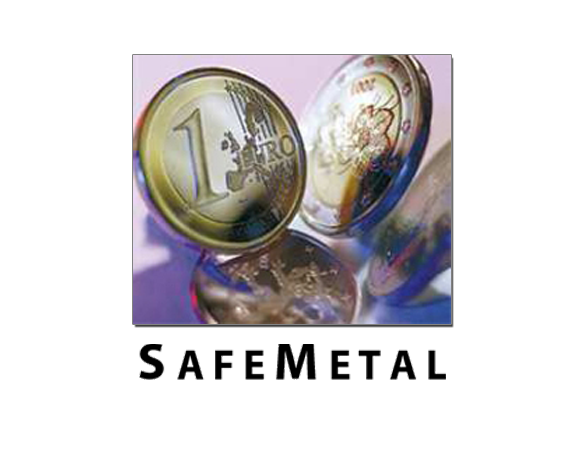NOPTILUS
autoNomous, self-Learning, OPTImal and compLete Underwater Systems
- Funded by:European Commission
- Project Acronym: ΝOPTILUS
- Funded under: SEVENTH FRAMEWORK PROGRAMME (FP7-ICT)
- Budget: 505 643,00 € (Total 5 012 055 €)
- Start Date: 1η Απριλίου 2011
- Duration: 51 μήνες
- Website(s): inteLLigence Lab – CORDIS
More Info
Cognitive Systems and Robotics Current multi-AUV (autonomous underwater vehicle) systems are far from being capable of fully autonomously taking over real-life complex situation-awareness operations. As such operations require advanced reasoning and decision-making abilities the existing designs have to heavily rely on human operators. But humans can easily be overwhelmed by the information overload, fatigue can act negatively to their performance, properly coordinating vehicles actions is hard and continuous operation is all but impossible.
NOPTILUS takes the view that an effective fully-autonomous multi-AUV system is capable of overcoming these shortcomings and replacing human-operated operations. To successfully attain such an objective, significant advances are required in the fields of cooperative/cognitive-based communications, sonars, perceptual sensory-motor, learning motion control and learning/cognitive-based situation understanding.
Source: CORDIS Community Research and Development Information Service
Current multi-AUV systems are far from being capable of fully autonomously taking over real-life complex situation-awareness operations. As such operations require advanced reasoning and decision-making abilities the current designs have to heavily rely on human operators. The involvement of humans, however, is by no means a guarantee of performance; humans can easily be overwhelmed by the information overload, fatigue can act detrimentally to their performance, properly coordinating vehicles actions is hard, and continuous operation is all but impossible. Within NOPTILUS we take the view that an effective fully-autonomous multi-AUV concept/system, is capable of overcoming these shortcomings, by replacing human-operated operations by a fully autonomous one. To successfully attain such an objective, significant advances are required, involving cooperative & cognitive-based communications and sonars (low level), Gaussian Process-based estimation as well as perceptual sensory-motor and learning motion control (medium level), and learning/cognitive-based situation understanding and motion strategies (high level).Of paramount importance is the integration of all these advances and the demonstration of the NOPTILUS system in a realistic environment at the Port of Leixões, utilizing a team of 6 AUVs that will be operating continuously on a 24hours/7days-a-week basis. As part of this demonstration another important aspect of the NOPTILUS system that of (near-) optimality will be shown. Evaluation of the performance of the overall NOPTILUS system will be performed with emphasis on its robustness, dependability, adaptability and flexibility especially when it deals with completely unknown underwater environments and situations never taught before as well as its ability to provide with arbitrarily-close-to-the-optimal performance.
- CERTH – The Centre for Research & Technology – Greece (Coordinator)
- EIDGENOESSISCHE TECHNISCHE HOCHSCHULE ZUERICH – Switzerland
- CENTRE NATIONAL DE LA RECHERCHE SCIENTIFIQUE CNRS – France
- TELECOMMUNICATION SYSTEMS INSTITUTE – Greece
- TECHNISCHE UNIVERSITEIT DELFT – Netherlands
- OCEANSCAN – MARINE SYSTEMS & TECHNOLOGY LDA – Portugal
- UNIVERSIDADE DO PORTO – Portugal
- APDL – ADMINISTRACAO DOS PORTOS DODOURO E LEIXOES SA – Portugal
- IMPERIAL COLLEGE OF SCIENCE TECHNOLOGY AND MEDICINE – United Kingdom
- GEORGIA TECH LORRAINE ASSOCIATION – France
Σχετικά Έργα

WMatch

VARCITIES

TRADENET

SUN

SpeDial

SENTINEL

SecOPERA

SAFEMETAL

RUNNER

QualiMaster
RELATED LINKS
ADDRESS
Telecommunication Systems Research Institute (T.S.I.)
Technical University of Crete
Campus – Akrotiri
73100 Chania
Greece
